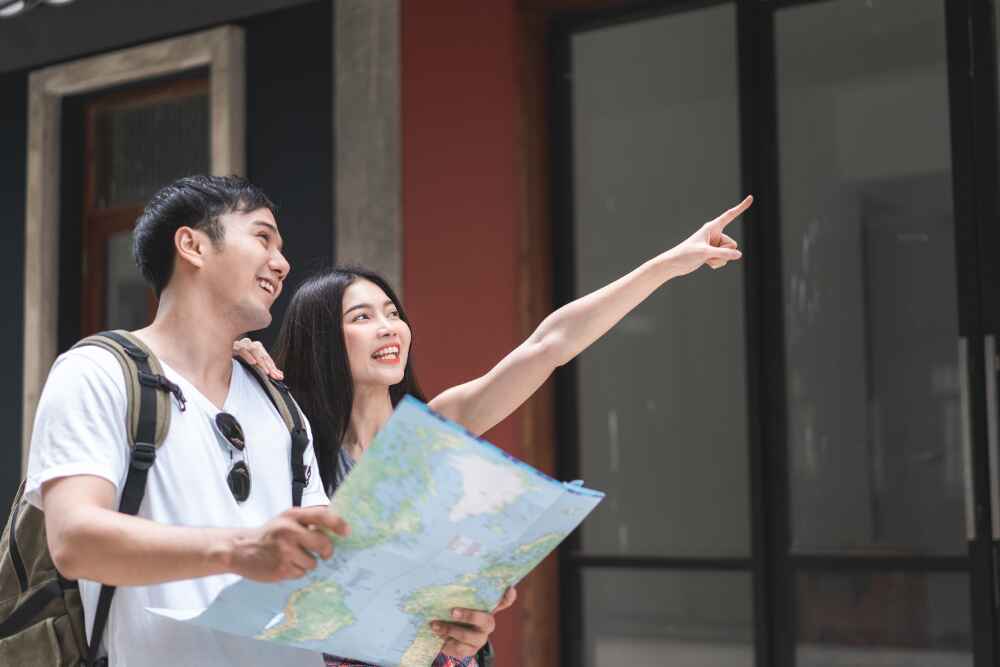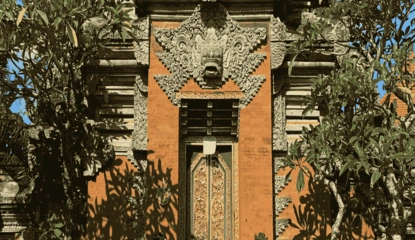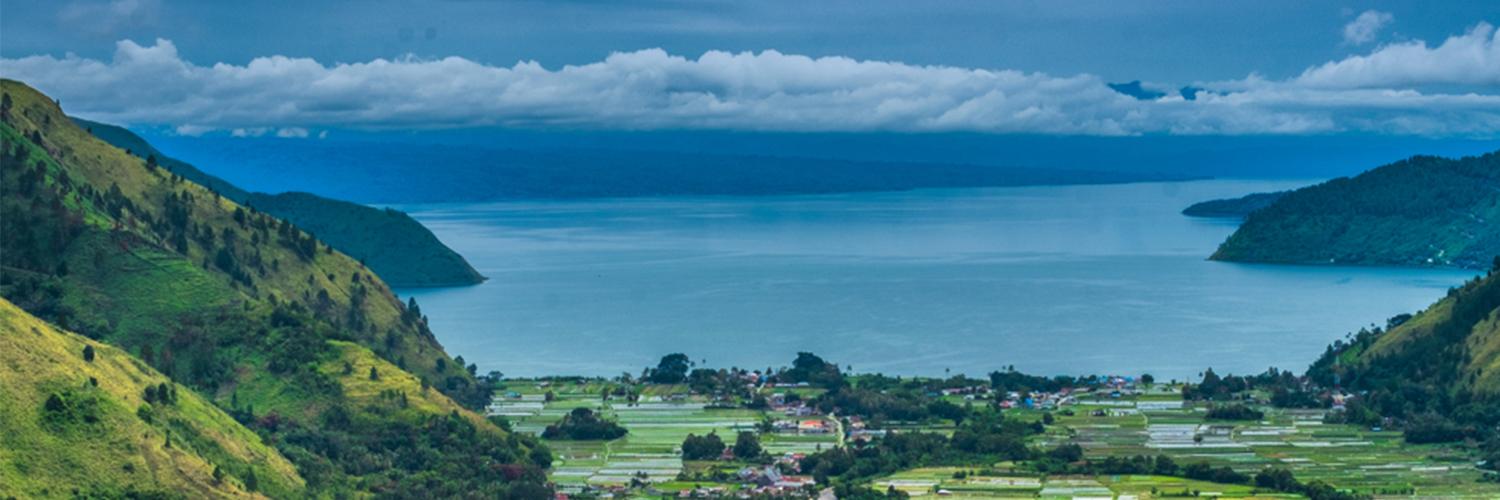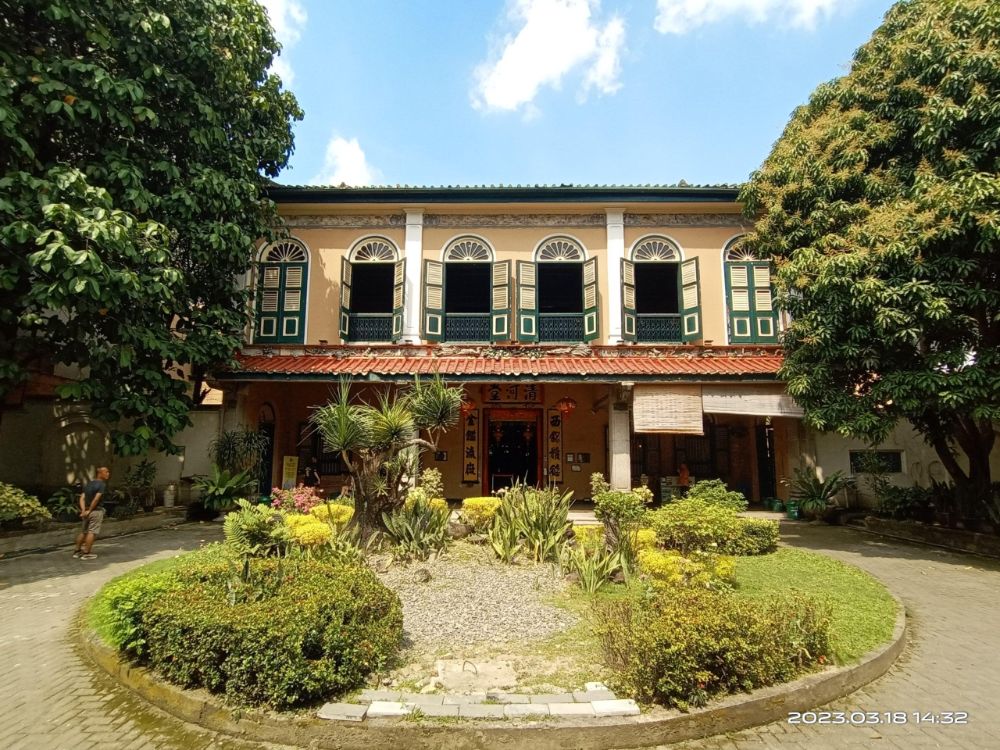North Sumatra Province is a melting pot of cultures, traditions, and religions, making it one of Indonesia’s most diverse regions. Home to various ethnic groups, including the Batak, Malay, Mandailing, Karo, Nias, Javanese, and Chinese communities, the province’s religious landscape is a harmonious reflection of its multicultural society.
The province is characterized by the practice of six major religions recognized in Indonesia: Islam, Christianity (Protestantism and Catholicism), Hinduism, Buddhism, Confucianism, and indigenous beliefs. Each faith is practiced with unique expressions and customs, deeply interwoven with the cultural history and traditions of the region.
1. Islam
Islam in North Sumatra:
Islam is the largest religion in North Sumatra, constituting the majority of the province’s population. The religion arrived in the region as early as the 13th century, brought by Arab and Indian traders. It became prominent along the coastal areas, particularly in regions inhabited by the Malay and Mandailing Batak people.
Key Areas:
- Medan: The provincial capital, Medan, has a vibrant Islamic community and is home to one of Indonesia's most famous mosques, the Grand Mosque of Medan (Masjid Raya Al-Mashun).
- Deli Serdang & Langkat: These regions have a strong Malay-Islamic influence due to their proximity to the Aceh Sultanate during historical times.
Islamic Traditions:
- Local Malays often combine Islamic practices with cultural traditions, such as the Tepung Tawar blessing ceremony, which involves prayers and symbolic rituals to seek blessings for events like weddings or new births.
- Ramadan and Eid Celebrations: Islamic events are celebrated widely, with community prayers, processions, and feasts strengthening religious unity.
2. Christianity
Christianity in North Sumatra:
North Sumatra has one of the largest Christian populations in Indonesia, primarily among the Batak ethnic groups in the highland areas. Christianity was introduced by European missionaries in the 19th century, particularly German and Dutch Protestants, and had a profound influence on Batak societies. The province has both Protestant and Catholic communities.
Protestant Christianity:
- The Batak Protestant Christian Church (HKBP) is one of the largest Protestant denominations in Indonesia, with its roots in the Batak highlands surrounding Lake Toba. Founded by German missionary Ludwig Ingwer Nommensen, it became an integral part of Batak cultural identity and played a role in education and social reform in the community.
- The Karo Batak people also practice Protestant Christianity, often blending Christian beliefs with traditional rituals.
Catholicism:
- Catholicism is practiced by smaller Batak communities and some migrant groups. Catholic missions focused on education and social outreach have made significant contributions to the development of North Sumatra.
Key Areas:
- Protestant Batak communities are centered around Lake Toba, Samosir Island, and the nearby highland regions.
- Catholic churches can be found in regions like Tapanuli and in urban areas such as Medan.
Christian Traditions:
- Christmas and Easter are celebrated with grandeur, involving large communal gatherings and traditional Batak music and dance performances.
- Churches like the GBKP (Gereja Batak Karo Protestan) hold services in local Batak dialects, maintaining a cultural connection alongside religious practices.
3. Indigenous Beliefs and Traditional Spirituality
Batak Spirituality:
Before the arrival of Islam and Christianity, the Batak people practiced an animist belief system known as Parmalim. This indigenous religion emphasized ancestor worship, respect for nature, and rituals tied to the spirit world.
Parmalim still exists today but is practiced by a small number of Batak Toba families. It is most visible during the Sipaha Lima Ceremony, an annual traditional ritual that honors Debata Mula Jadi Na Bolon, the creator god in Batak cosmology.
Nias Spirituality:
In Nias Island, traditional beliefs focus on the worship of ancestors and natural spirits. Rituals, offerings, and ceremonies like the famous Hombo Batu (stone-jumping ceremony) reflect spiritual connections with the ancestors.
These indigenous practices, though smaller in number today, continue to be a significant part of North Sumatra’s cultural heritage.
4. Hinduism
Hinduism in North Sumatra:
Hinduism has a relatively small presence in North Sumatra, brought by Balinese migrantsand some elements of Indian culture through early trade interactions.
Key Areas:
- Hinduism is primarily practiced in urban areas like Medan by Balinese migrant communities, contributing to the diversity of the city.
Hindu Temples:
One of the iconic temples in Medan is the Sri Mariamman Temple, which reflects the Tamil influence and serves as a place of worship for both Hindus and Tamil-Indian communities.
5. Buddhism
Buddhism in North Sumatra:
Buddhism in North Sumatra is practiced primarily by Chinese Indonesians and some Tamil communities who were brought to the region as laborers during the colonial era. Buddhism also has ancient roots in the region, where early maritime kingdoms like Barus and Sriwijaya were heavily influenced by Buddhist teachings.
Key Areas:
- Buddhism is particularly prominent in Medan, where many Chinese-Indonesian families practice it alongside Confucianism.
- Buddhist temples can be found in urban areas, blending traditional Chinese Buddhist architecture with local influences.
Buddhist Temples:
- The Maha Vihara Maitreya Temple in Medan is one of Southeast Asia's largest Buddhist temples. It promotes peace and harmonious living while serving as a religious and cultural center for the Buddhist community.
6. Confucianism
Confucianism in Chinese Communities:
Confucianism is practiced by segments of the Chinese-Indonesian population, often alongside Buddhism and Taoism. It primarily serves as a moral philosophy and lifestyle rooted in family values, respect for elders, and harmony.
Confucian ceremonies, such as ancestor worship during Chinese New Year or Tomb-Sweeping Day (Ching Ming), reflect a strong cultural and religious presence in North Sumatra’s Chinese communities.
Religious Harmony in North Sumatra
North Sumatra is a prime example of Indonesia’s motto, “Bhinneka Tunggal Ika” (Unity in Diversity). Despite the multitude of religions and cultural backgrounds, the province enjoys a relatively high degree of tolerance and interfaith dialogue. Religious and cultural festivals are often celebrated not just within specific communities but by people of all faiths.
Examples of Interfaith Unity:
- Shared celebrations, such as open houses during Eid al-Fitr and Christmas.
- Public respect for diverse religious practices, evident in events like Ramadan bazaars, Chinese New Year parades, and neighborhood churches hosting Christmas services.









